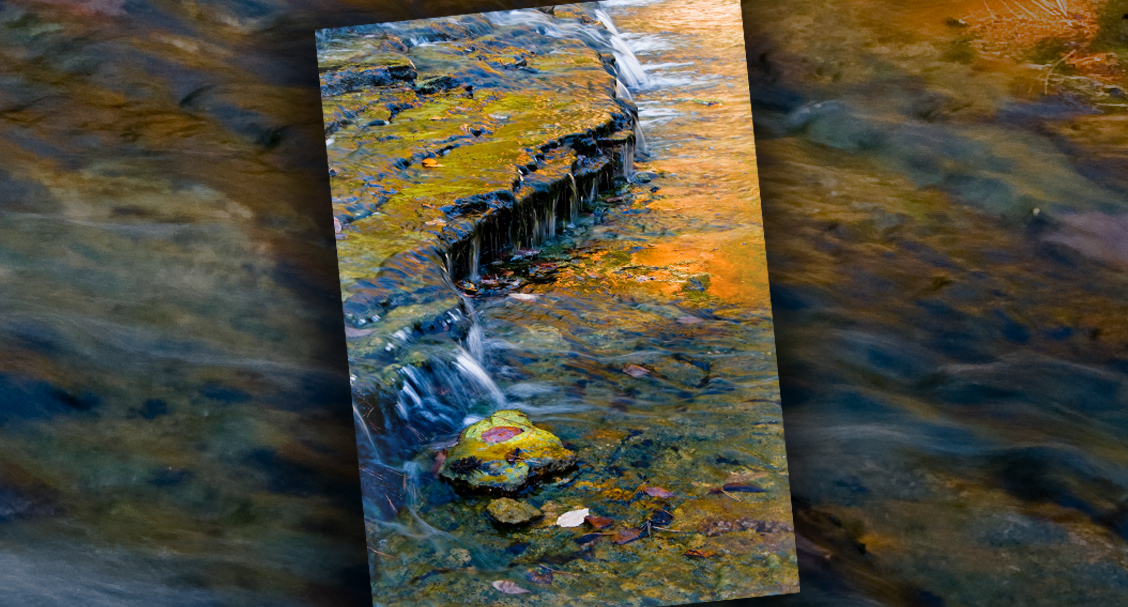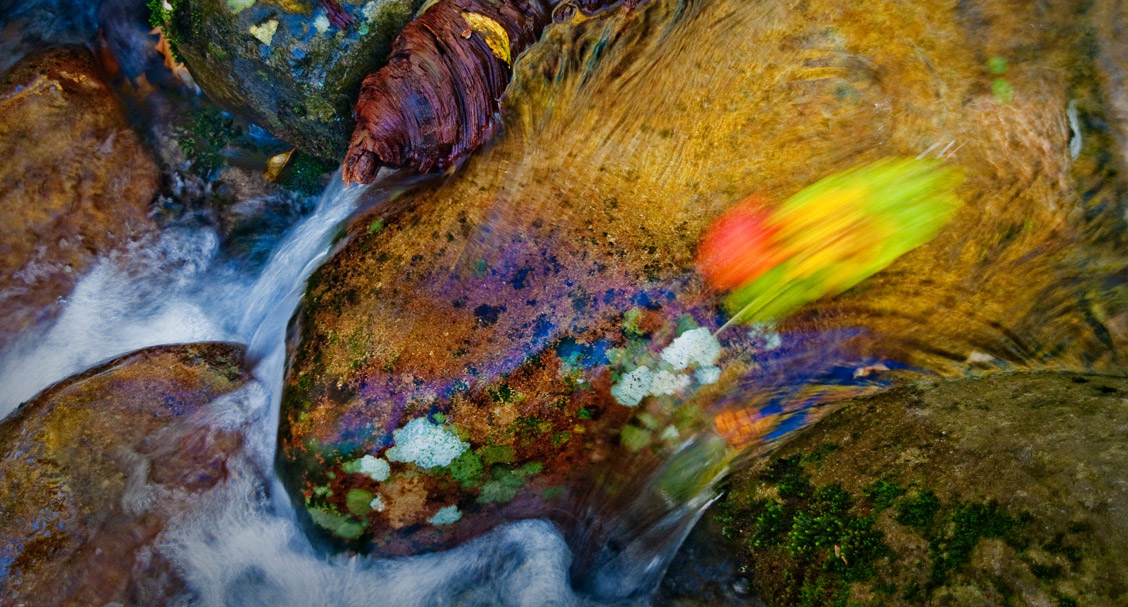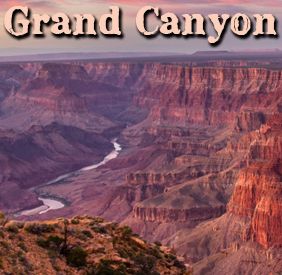After arriving in Manaus, the capital of the state of Amazonas in the middle of the Amazon Jungle of Brazil, we boarded a triple-decker riverboat. Heading up the Rio Negro, which, along with the Rio Solimoes, feeds the Amazon River. We would travel about 24 hours to reach our destination. Hammocks, hung from the deck above, served as our beds for two weeks. Walls (tarps) would only drop down during a heavy downpour. Many mornings we’d rise early and about 12 of us would load our equipment into a smaller boat that would take us to the local mission sites for the day. Most of the destinations were small villages along the river where we’d offer medical, dental, and optometric services to the local inhabitants. This one particular site was reachable by climbing about 150 steps from the river’s edge.
There were only a few patients seeking dental care, which allowed us to finish ahead of our optometry team. This amazing woman was 104 years old! She didn’t come for help with her eyes, as they were fine. She was bringing her granddaughter in. When I looked at the lines demarcating the many years of life experience, I just knew that this photo had to become a black-and-white.
(Rio Negro, Amazon Jungle, Brazil 3/25/2013)
On mission trips we’re often pushed past our comfort zones. How many people in their right mind would swim in water that could be shared with crocodile, piranha and possibly an anaconda? Well I guess the answer to that is: “It depends on how hot you’ve been all day.” In the tea-colored Black River (Rio Negro) visibility in the water is less than about three feet. Maybe that means these creatures won’t be able to see us! We’re told that the locals will very rarely see an anaconda near their villages, because they dispatch them quickly whenever seen. The crocs like to stay by the shore. We went croc hunting at night, with small boats that we pushed into the shore weeds and a flashlight in hand, to look for the eyes. The rules: if the reflecting eyes are 8-10” apart, stay back. Catching small crocs, 3 ft. or so long, we would tape the mouths shut, so we could show them to our friends back at the big boat.
During the day some of the boys would fish for piranha off the back of the boat. We’re told that there are some 20 different species of piranha and that the ones in the Rio Negro aren’t the aggressive man-eaters, like those that are found in the Rio Solimoes and the Amazon River. They still had razor-sharp teeth, and even the small ones could snap a pencil in half. At the end of a long, hard, hot and sweaty day, the big boat would head out to the middle of the river, which could be a mile or more in some places. We would bathe, swim, play, and just cool off, as people have done for years in this location. I must confess though, that I was never the first one in the water!
(Rio Negro, Amazon Jungle, Brazil 3/24/2013)



































 The massive scale, geological history, and stunning views are just part of what makes the Grand Canyon... grand. For much more info on this amazing wonder, visit our Fun Things To Do Guide here...
The massive scale, geological history, and stunning views are just part of what makes the Grand Canyon... grand. For much more info on this amazing wonder, visit our Fun Things To Do Guide here...